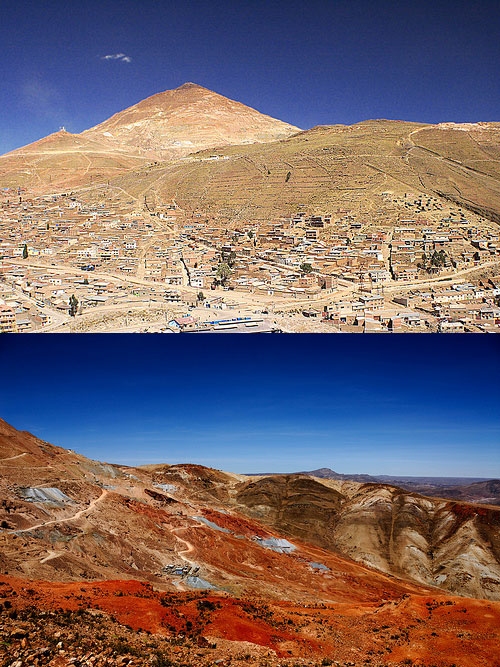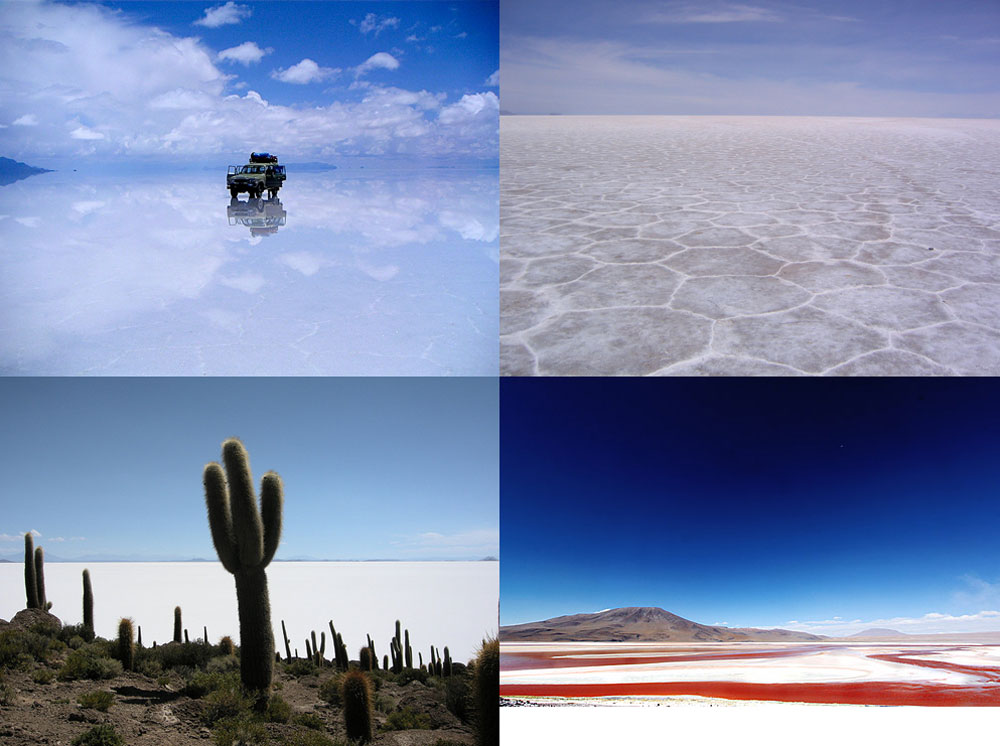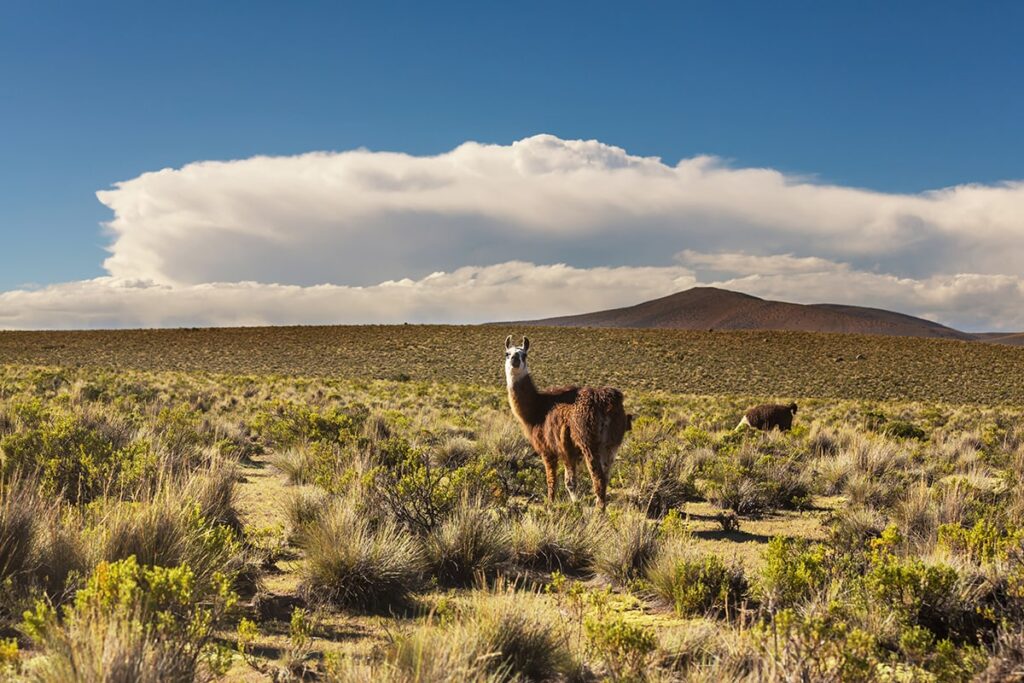1. Name: Bolivia is named after Simon Bolívar (real name: Simón José Antonio de la Santísima Trinidad Bolívar y Palacios Ponte y Blanco) who liberated Peru, Venezuela, Colombia, Ecuador and Bolivia from the Spanish in the early 1800s
2. Salar de Uyuni: The world’s largest salt desert, Salar de Uyuni, is located in the southwestern part of Bolivia and covers 10,582 km2. The desert’s flat and stable nature, strong reflection and high altitude make it visible from space and it is therefore used by satellites that calibrate their altimeters to the
3. Sucre: Sucre is the official, constitutional capital of Bolivia, where the Supreme Court is also located. Sucre is named after Bolivia’s 2nd President Antonio José de Sucre, who also gave his name to one of the former currencies of Ecuador. Sucre has approximately 300,000 inhabitants and is the country’s largest city. This type of capital is also called a ‘de jure’ capital
4. La Paz: La Paz – or ‘Nuestra Señora de La Paz’ as the city is actually called – is the seat of government and administrative capital of Bolivia. La Paz is located at an altitude of 3,650 meters, making it the highest capital city in the world. It is home to 877,363 inhabitants, making it Bolivia’s third largest city. This type of capital is also called a ‘de facto’ capital
5. Titicaca: In terms of volume (amount of water), Lake Titicaca is the largest lake in all of South America. It is often referred to as ‘the world’s highest navigable lake’, although this is only true if you only include large commercial boats. The lake is located at an altitude of 3,812 meters

Fact: Potosi is a mining town located at an altitude of 4,090 meters. It was founded in 1545 and quickly grew to become one of the largest cities in the Americas. The Spanish mined 45,000 tons of silver from here between 1556 and 1783
6. Debt-for-nature: In 1987, Bolivia made its first ‘debt-for-nature’ swap, where an international organization cancelled part of Bolivia’s foreign debt in exchange for an agreement that the Bolivian state would secure and finance the continued operation of a nature reserve. Specifically, the 135,000-hectare Beni Biosphere Reserve was ‘swapped’ for USD 650,000 of government debt
7. Biodiversity: The ‘megadiverse’ countries are a group of countries that are home to the majority of the Earth’s species and are therefore considered extremely biodiverse. Bolivia is 1 of the 17 megadiverse countries in the world
8. Population composition: Over 60% of Bolivia’s population is indigenous (primarily Quechua or Aymara). The rest are Europeans and mixed races
9. Natural gas: Bolivia has the 2nd largest natural gas reserve in all of South America. In addition, between 50% and 70% of the world’s lithium reserves are located in the Bolivian salt desert Salar de Uyuni (mentioned above)
10. Potosi: Potosi is one of the world’s highest cities (in the top 30 at 4,090 meters) and a UNESO World Heritage Site. Founded in 1545 as a mining town, Potosi quickly became one of America’s largest cities with a population of over 200,000 inhabitants. Between 1556 and 1783, the Spanish extracted no less than 45,000 tons of silver from the city’s mines

Salar de Uyuni is the world’s largest salt desert and is located in southwestern Bolivia. The desert contains 50-70% of the world’s lithium and is also used by satellites to measure their distance to Earth





